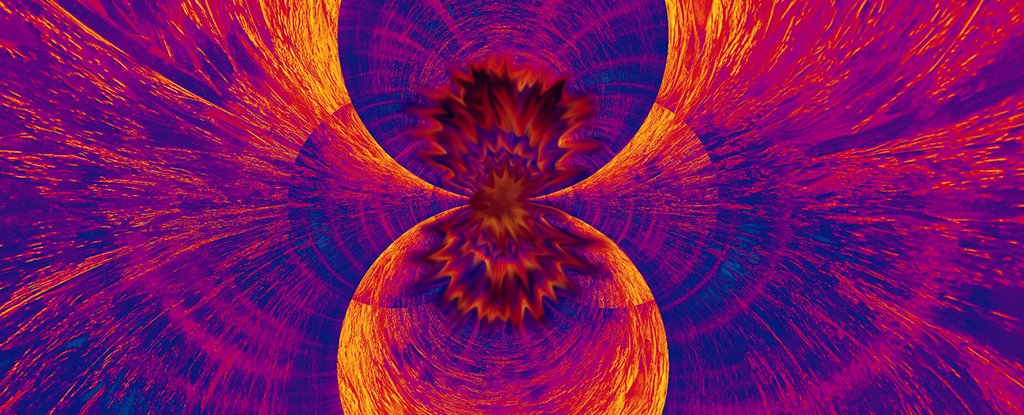
In a paradigm shift that pairs quantum mechanics with classical thermodynamics, two theoretical physicists from Japan and the Netherlands have unearthed a surprising connection between quantum entanglement and the age-old mechanics that power steam engines, contribute to drying clothes, and may play a role in defining the direction of time itself. This discovery challenges the previous year’s assertion that practically discouraged any such relation, suggesting that the underlying physics of our universe might be more intertwined than ever thought.
Quantum entanglement, a bizarre phenomenon where the states of two or more particles become interdependent regardless of the distance separating them, has been a cornerstone for the burgeoning field of quantum computing. This peculiar connection allows particles to instantaneously affect each other, a property that holds the potential to revolutionize information transfer and processing. Traditionally, the focus has been on achieving and maintaining this entangled state to realize the dream of quantum computing, which promises to surpass the capabilities of today’s classical computers significantly.
However, less attention has been directed towards understanding whether these entangled states can transition from one quantum state to another, the complexities of such transformations, their reversibility, and the implications of these processes on the fundamental laws of physics. In thermodynamics, reversibility is a concept that often remains theoretical, describing processes that, if undone, leave no net change in both the system and the universe. Drawing parallels, the ability to reverse entanglement would not only deepen our grasp of quantum mechanics but could also illuminate the limitations and potentials of manipulating quantum states.
Emerging from their groundbreaking work, Bartosz Regula of the RIKEN Center for Quantum Computing in Japan and Ludovico Lami of the University of Amsterdam claim to provide the first evidence that such reversibility might indeed be possible within entanglement theory. Through their study, they propose that entanglement could possess its own form of entropy, akin to that in thermodynamics, where it serves as a measure of disorder and predicts the feasibility of reversing changes.
This revelation represents a stark reversal from their earlier stance, where they posited the absence of a second law of entanglement, similar to the second law of thermodynamics which states that entropy in a closed system never decreases. Previously, Regula and Lami concluded that entanglement transformations always lead to some loss, suggesting an irreversible nature. Yet, their persistent investigations now hint that entanglement might indeed engage in reversible transformations, albeit probabilistically.
Their work not only opens the door to a new understanding of quantum entanglement but also asserts the complexity and the profound mystery that underlies quantum mechanics compared to classical physics. The implications of a reversible framework for entanglement stretch from the theoretical corners of physics to the practical realms of quantum computing, where understanding and controlling entanglement transforms can significantly enhance our computational capabilities.
However, bridging the gap between theory and practical application remains a formidable challenge. Regula acknowledges the complexity of demonstrating these transformations beyond statistical possibility, highlighting the need for further research to unravel the enigma surrounding the reversibility of entangled states.
As the scientific community continues to probe the depths of quantum mechanics, the study published in Nature Communications not only challenges existing notions but also ignites curiosity about the fundamental principles that govern our universe. Whether this new understanding of entanglement and its parallels with thermodynamics will pave the way for groundbreaking advancements in quantum technology remains a subject of fascinating speculation and intense research.
Source






